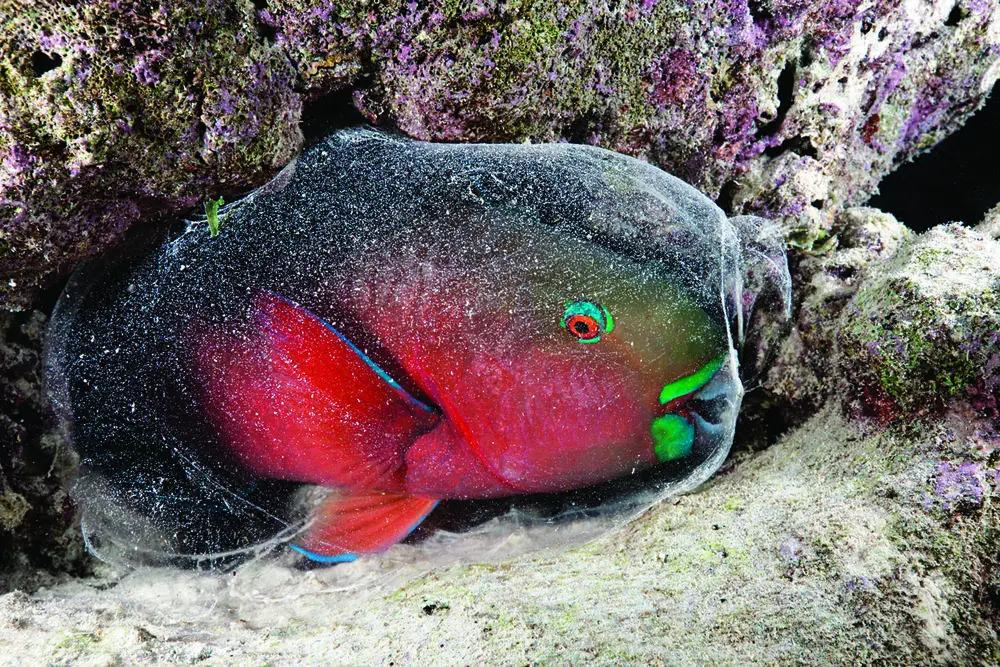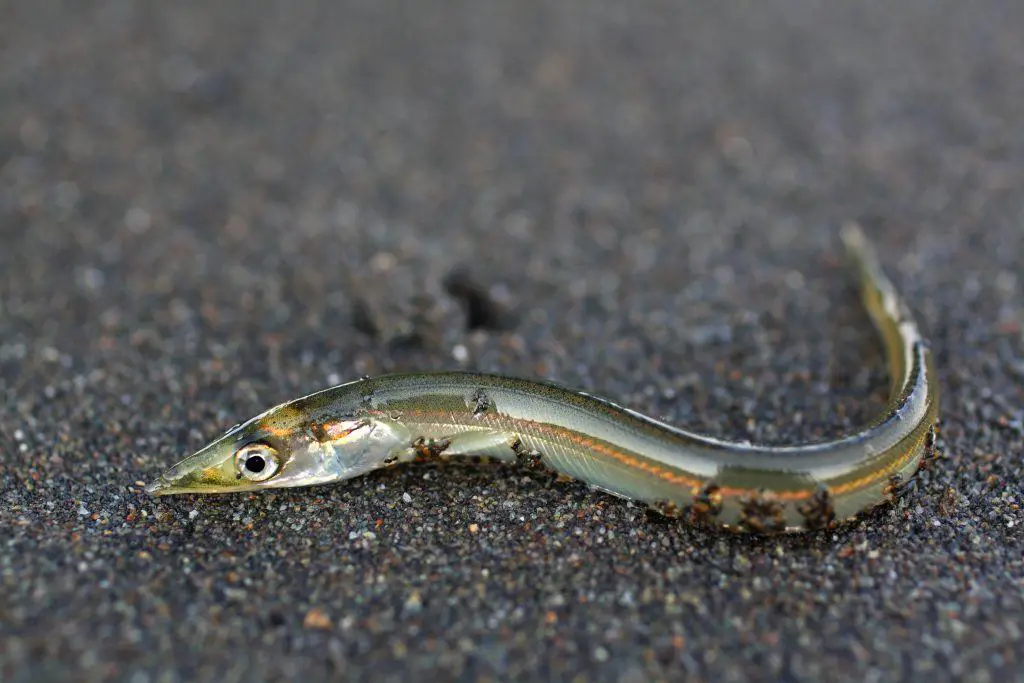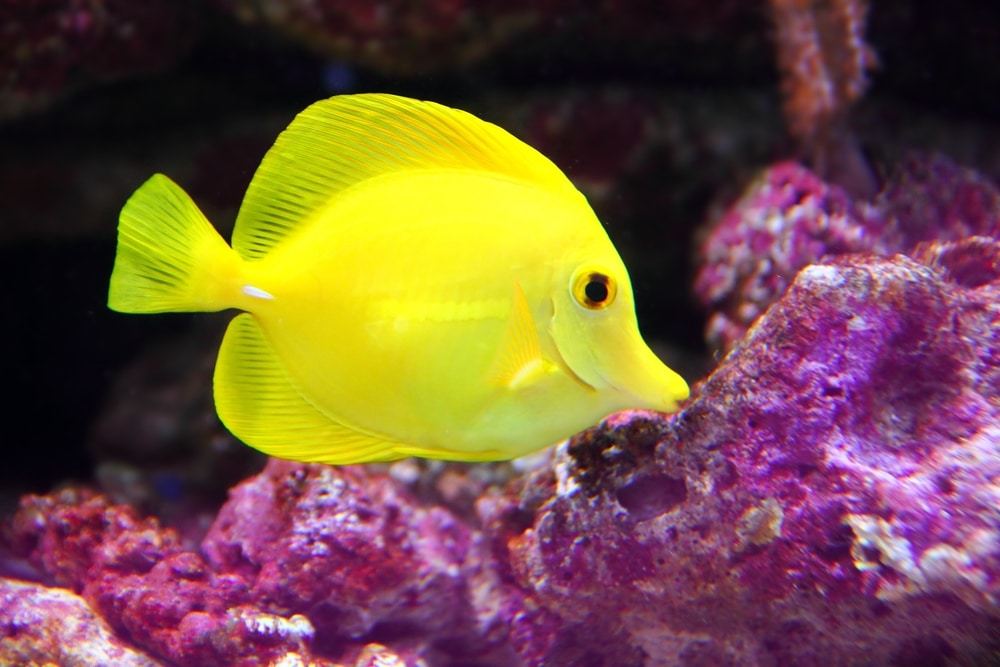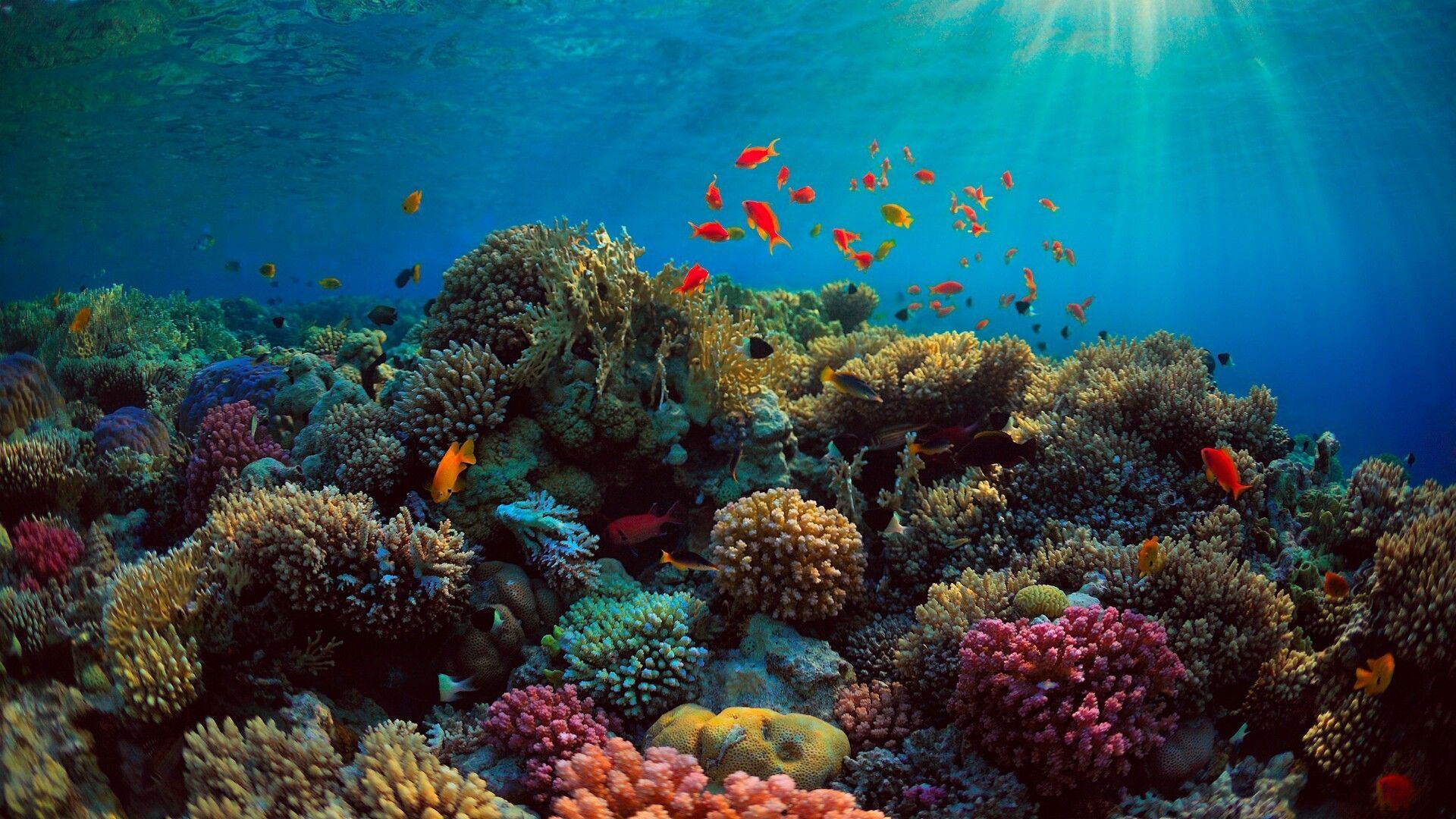Do Fish Sleep and Why Do They Sleep?
Introduction
Although it is a small-scale question, solving the mystery of ‘do fish sleep?’, Sleep is characterized by the closure of eyes and a familiar electrical pattern in the brain and neocortex. Neither do fish have eyelids nor the neocortex, thus bringing about the debate on whether they sleep or not?
Answer
The answer is yes. Certainly, they do!
At surface-level, many fish seem like they are snoozing at times, In intriguing ways but this rest isn’t the same as human shut-eye.
“The fish living in dark caves – even species evolved to have no eyes – can sleep in a regular daily pattern”, explains Webster.
Why do fish sleep?
The National Sleep Foundation describes fish sleep as a day-dreaming state where their metabolic rate decreases which allows the body to restore itself. Since fish go through this process where they rest in a trance-like manner, they are thus considered to ‘sleep.’ This condition of resting in fish is scientifically described as suspended animation. This a state where main body roles are paused for a short while to conserve mental and physical abilities.
Definition
To determine whether or not fish sleep, it is necessary to define what sleep is and what it is needed for. Yet despite numerous studies, the exact function of sleep remains unknown and is primarily based on supposition.
As stated by a French psychologist in 1913
Sleep is characterized by specie specific posture, behavioral quiescence, difficulty in arousal, and is reversible
How do fish sleep?
Do fish sleep? And assuming they do, How do fish sleep!?
Common characteristics among sleeping fish include inactivity over long periods of time, a resting pose like hanging tails, repetitive patterns like inactivity around the same time every day and for equal amounts of time, and finally, reduced sensitivity to the surroundings.
Researchers say although fish don’t sleep in the conventional way we think of, most species do go into a restful state where they remain still and experience reduced breathing and metabolic rates, as well as lower brain activity

Identifying a sleeping fish
- Most species lie motionless, but to avoid being swept away by the ocean current, all kinds of coral fish, such as some damselfish, wedge themselves between reef branches. But while snugly tucked away, they can’t afford to remain completely still when asleep: to breathe they have to beat their fins up to twice the normal speed to generate a flow of oxygenated water across their gills. While others like Tuna and certain shark species must continue to move, even while resting, to ventilate their gills with half their brain working at a time, just like Dolphins.
- They are unresponsive( Catfish are so deeply asleep that they can be lifted out of the water without waking up at all ) or somewhat responsive
According to researchers at Stanford University: Zebrafish sleep much the same way as humans do having pretty much similar brain activity.
Where Do Fish Sleep?
Where fish sleep differs from species to species. Some nestle into the bottom or even bury themselves in the sand, some take shelter in caves or under grottos, some hover or drift along motionlessly near the surface some go into plants, driftwood, corals, or other objects and just sort of hang there.

Similarities with humans
Humans and fish are not closely related on the outside. Most people would not see how we can share the same features with fishes, but scientists do know that these two species share homologous features and are an area of research. From sleep hygiene to sleep induction, sleep environment to sleep disorders, they have similar behaviors and responses
Internal clock
Circadian rhythms play a critical role in fish development and daily activities. Many fish can shift from diurnal to nocturnal activity implying specific flexibility in their clock function.
- Some fish, are active in the daytime and sleep at night (minnows and coral reef)
- while others do the opposite and are active at night instead. (catfish, plecostomus, some knife fish, loaches)
This can pose a problem if Neons are kept together with catfish. While the Neons are huddled on the bottom at night, the catfish are cruising around looking for an easy meal.
Fish may dream as people do
Fish fall for many of the same visual illusions as humans, suggesting similarities in our visual processing compelling us to think that they may dream like us too.
Recent video footage of a sleeping octopus showed it changing colors, which suggests it may have been dreaming about hiding from a predator or sneaking up on its prey (which is why octopuses change color when they’re awake).
Do they daydream too?
An average human spends 47 percent of his waking time daydreaming(source: Wikipedia), And fish daydream too but not when they are awake.
Do Fish Suffer From Sleep Disorders?
The sleep pattern and duration of ‘sleep’ for fish vary depending on environmental and biological factors. Time taken to sleep reduces when fish are migrating, hatching, or taking care of their younglings. Fish are known to face sleep disorders just in the same way that humans do. Zebrafish that are lacking something called hypocretin receptors display classic signs of ‘insomnia’
According to research studies, when Zebra fishes were sleep-deprived for a few days using a mild electrical current, they slept more when they were returned to a normal day/night cycle and not disturbed. However, when they were kept under constant light for several days, they slept normally when returned to a regular day/night cycle.
Differences from humans
The most obvious difference is the anatomy, of course, followed by there’s one big neurological difference between fish and people. The difference in habitat also deeply influences the behavioral attributes of sleep and sleep patterns.
⦁They don’t lie down or close their eyelids.

⦁ Fish never go into REM sleep which is experienced by humans at some point in their sleep.
Science behind sleep
Scientists have determined that a part of the brain – the neocortex – shuts down when mammals sleep. The problem with fish is that they don’t have eyelids and neocortex.
(Dr. Michael Webster, a marine biologist at the University of St Andrews)
As a study from Stanford University School of Medicine suggests, similar to humans, fish produce hormones that regulate sleep patterns and calibrate internal body clocks.
“Interestingly, if fish are exposed to too much light and are kept awake for long periods, they’ll sleep longer the next day. Like people, they enjoy a lie-in after a long night.”
Conclusion
Sleep is required to restore fishes’ mental, physical abilities to their full, say to recharge their batteries. It’s not only the requirement of every living being but their innate behavior.
Despite fish being unable to demonstrate some of the signals that signify sleep in mammalian species, there is no denying that they do rest routinely. This reduced response to stimuli is the greatest signal that they are true, switching off and do get some nap time in; just like people.
Blog by: Amna. F







